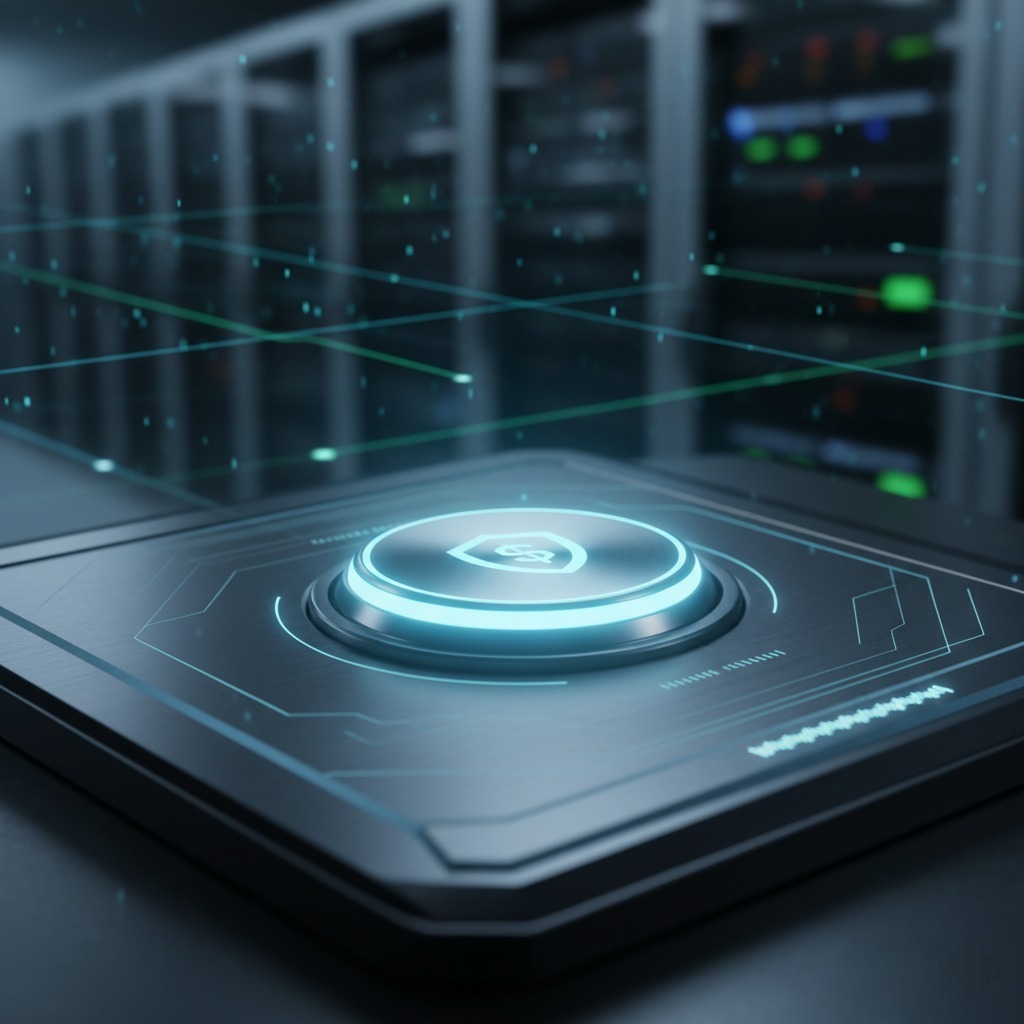
Ever since the start of the COVID-19 pandemic, the concept of Disaster Recovery (DR) has received unprecedented attention. Most businesses have realized the importance of bouncing back quickly from a disruptive event. In 2020, about 80% of SMBs reported having a recovery plan in place.1 But are you sure your business’ data is 100% recoverable?
If you aren’t sure how much of your business-sensitive data is recoverable or aren’t testing your DR solution to catch issues like syncing, having a DR doesn’t make much sense. An effective DR plan must tackle a broad spectrum of threats to vital applications and systems, right from minor equipment failure to severe natural disasters.
Not having a fully and quickly recoverable environment could lead to:
For SMBs, per-hour downtime costs can be as high as $50,000.2
One-third of customers will end their association with a business that isn’t capable of safely handling data.3
Unsatisfactory data handling practices can lead to penalties worth 4% of company turnover.4
This is where the concept of recovery assurance (RA) finds its importance. Recovery assurance means sufficiently testing backups to ensure quick system recovery in the event of a cyber disruption.
Make sure to incorporate the following features:
This feature lets you easily schedule times for systems to be tested. The solution must automatically install the entire software stack and boot it in a test environment on the backup appliance or cloud. It goes beyond just validating the restoration of server operation to test recovery at the application level.
The solution must fully restore applications, perform analytics, measure recovery time and recovery point, and identify why certain recoveries fail — without impacting productivity. This is achievable if all testing is performed on the backup appliance or in the cloud.
The reports generated must be easy to comprehend and be shareable with your auditors. It must identify the number of successful tests and compare the actual recovery point/time to your expected recovery objectives. Additionally, a list of recovery issues and likely causes helps ensure quick remediation.
There are many different backup offerings in the marketplace because one solution rarely meets an organization's needs. However, the following criteria can help SMBs evaluate backup solutions:
As most companies are currently dealing with a distributed workforce, just having an on-premise backup will not suffice. Hybrid storage that provides on-premise and cloud storage options is what businesses need.
It shouldn’t be just about recovering a single deleted file but rather about quickly getting your entire business up and running following a cyber disruption event.
In the digital era, businesses are constantly creating and updating data. Loss of this data can lead to severe complications beyond what many SMBs can tolerate. Hence, regular data backups are essential.
No one, especially after the pandemic, runs a business from one location and system. A modern backup solution must, therefore, facilitate remote access.
Every business wants to grow bigger at the next best opportunity. The backup solution that you use must be scalable to meet your business’s growth needs.
Your backup solution provider must provide timely assistance whenever required. If not, your business could face a hit in productivity, profits and time.
The backup solution must provide encryption of data and only authorized personnel should be able to access it. Similarly, data handling and other vital functionalities must comply with regulatory standards.
Still have questions? We can help you find and implement the right backup solution for your unique business quickly. Contact us for a consultation today.

.jpg)
